As the field of UX is ever-evolving, upskilling is a must if you’re to remain relevant as a designer. While there are a variety of online resources for upskilling, good ol’ UX books remain one of the most valuable tools. And with good reason.

For one, there’s a book for every aspect required to become a well-rounded UX designer—from research to design, psychology, marketing, creativity, and even business. And that’s not all. If you do your research, many books are thoroughly reviewed and fact-checked, you can bank on the credibility of the information you’re getting.
But with the abundance of UX books comes the problem of choice. How do you choose the most appropriate book for your level? How do you even know the best books to read now? Well, hang on tight because we’re about to cover all that.
In this article, we’ve compiled 12 of the best books every UX designer needs to read in 2023. And for your convenience, we’ve grouped them into five categories. Feel free to jump straight to whatever interests you:
Now, without further ado, let’s dive in!
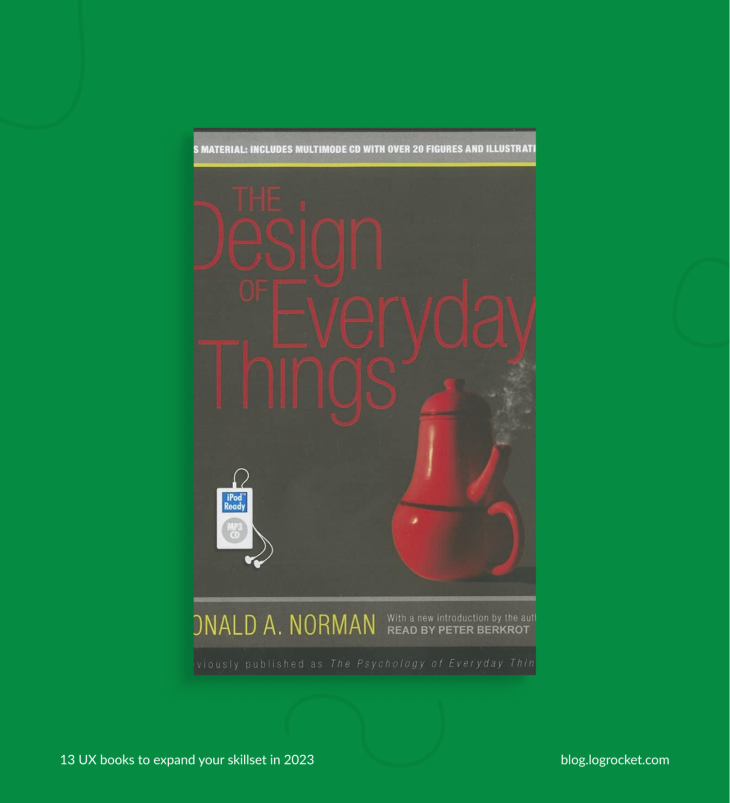
First on our list is an all-time classic written by no other person than the godfather of UX, Don Norman. Although technology has evolved a great deal since this book was first published over three decades ago, the principles discussed are still relevant. And for that reason, it deserves the number one spot on our list.
The Design of Everyday Things uses some great examples to highlight how poor designs can leave even the smartest users questioning their intelligence.
“Appearances are only part of the story: usability and understandability are more important, for if a product can’t be used easily and safely, how valuable is its attractiveness?”
A key takeaway from this book is that good, usable design is possible if designers can take the time to study the people they’re designing for. Because when a product doesn’t work for a user, it’s not the user’s fault but that of the designers who overlooked their needs and interests.
This book is a great starting point for all new and aspiring designers.
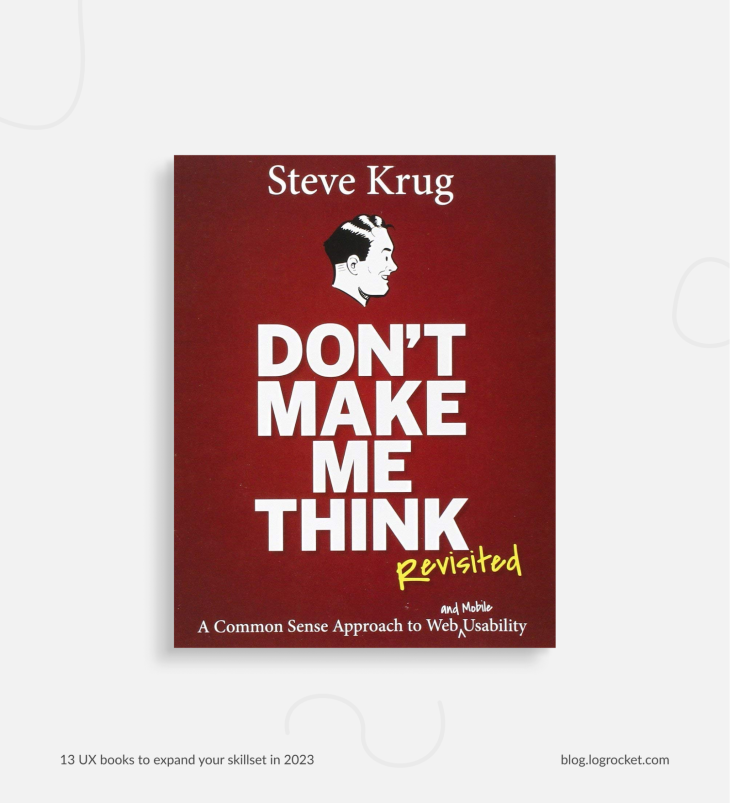
Next on our list is another classic. Although Steve Krug wrote this book over two decades ago, it remains a must-read for every designer. Don’t Make Me Think offers a witty, jargon-free approach to creating products that anyone can use.
“As a rule, people don’t like to puzzle over how to do things. The fact that the people who built the site didn’t care enough to make things obvious–and easy—can erode confidence in the site and its publishers.”
“Don’t Make Me Think,” the first (and most important) usability law in this book, simply means that a user should be able to get what a product is and how to use it without thinking hard about it. And the good news is that making this happen is not rocket surgery. All it requires is just some common sense. But as we know, common sense is not always obvious until pointed out. And pointing common sense out is exactly what this book does.
This book is a must-read for new and aspiring designers. Intermediate and advanced designers will also benefit from its wealth of insights.
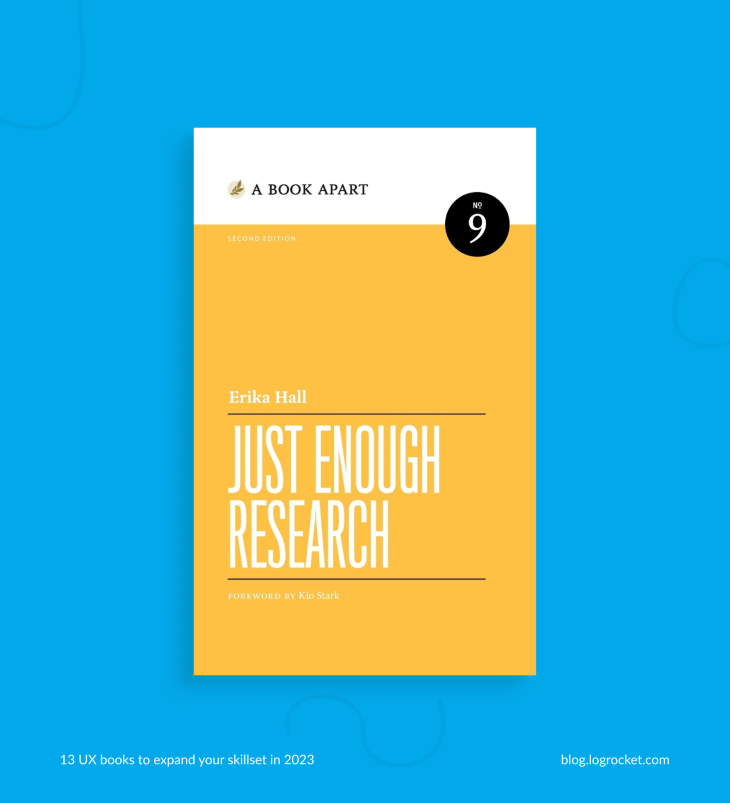
If what comes to your mind when you think of user research is an elaborate budget and more time than you have to spare, Just Enough Research is for you. The author, Erika Hall, leverages her extensive experience to create this compact guidebook that makes user research accessible to everyone, regardless of team size, budget, or time constraints.
After reading this book, you’ll know what research is and isn’t, how to conduct research in various situations, how to stop bias from getting in your way, and more. You’ll also find a step-by-step process for conducting effective research.
This book is for anyone involved in making design decisions at any level.
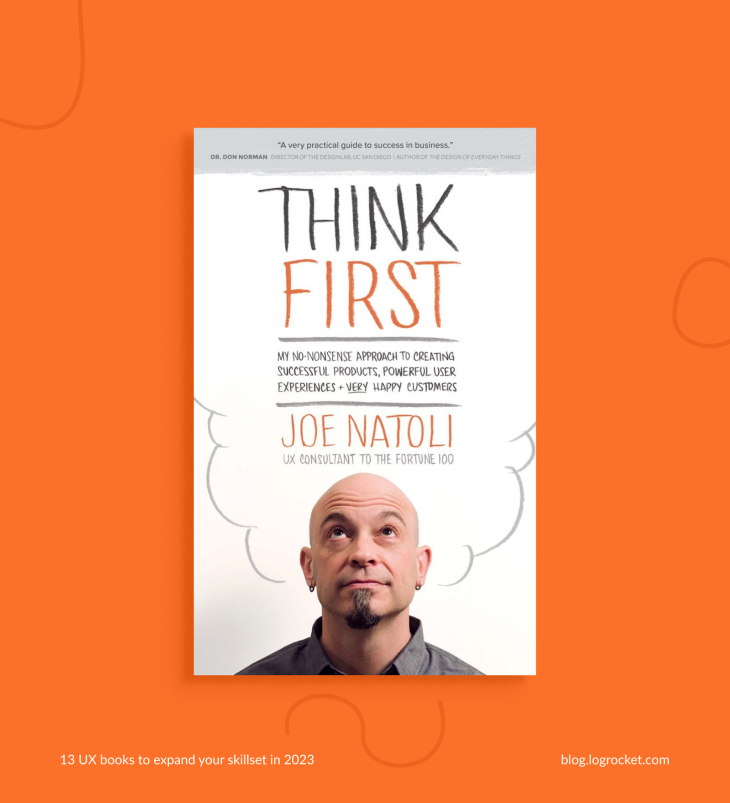
If you need an actual roadmap you can follow to design a great user experience, then this is one book you should read. Written by Joe Natoli, a UX consultant with decades of experience, Think First contains proven principles, step-by-step methods, and straightforward, jargon-free advice that you can apply to any digital product.
“Anything that was ever worth doing started with a strategy. If you have a strategy, that means you know what you’re doing, who you’re doing it for, and why it matters — both to you and the people you expect to use the end result.”
One main benefit of reading this book is that it’ll challenge you to think beyond tools and methodologies. You’ll learn to ask, “Why are we doing this?” and uncover the answer. Because, at the end of the day, what you know and how you apply it is far more important than any formal methodology or process.
This book is a must-read for designers of all levels — from novices to gurus.
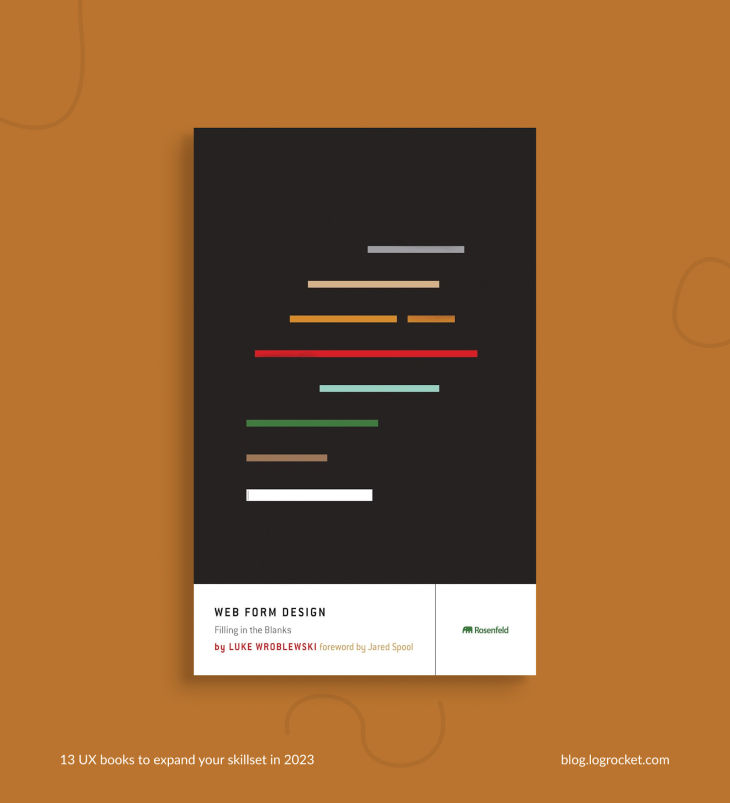
Forms are one of the most crucial elements in any design, so it’s only proper you learn how to design them correctly. And Web Form Design will teach you just how to do that. The author, Luke Wroblewski, combines his experience designing forms for corporations like Yahoo! with original research and insight from fellow designers and developers to guide you in creating effective web forms.
“People need to parse every question you ask them, formulate their response to that question, and then enter their response into the space you have provided. The best way to speed up that process is not to ask the question at all.”
One of the key takeaways from this book is to put people before pixels when designing forms. See your form as a friendly conversation with the user. You wouldn’t inundate a new acquaintance with a barrage of questions without pausing to tell them something about you. So why do that with your form?
This book is suitable for designers of all levels. As a beginner, you’ll get a broad overview of what makes good form design. If you’re an experienced designer, you’ll gain a deeper understanding of issues and solutions you may have encountered previously.
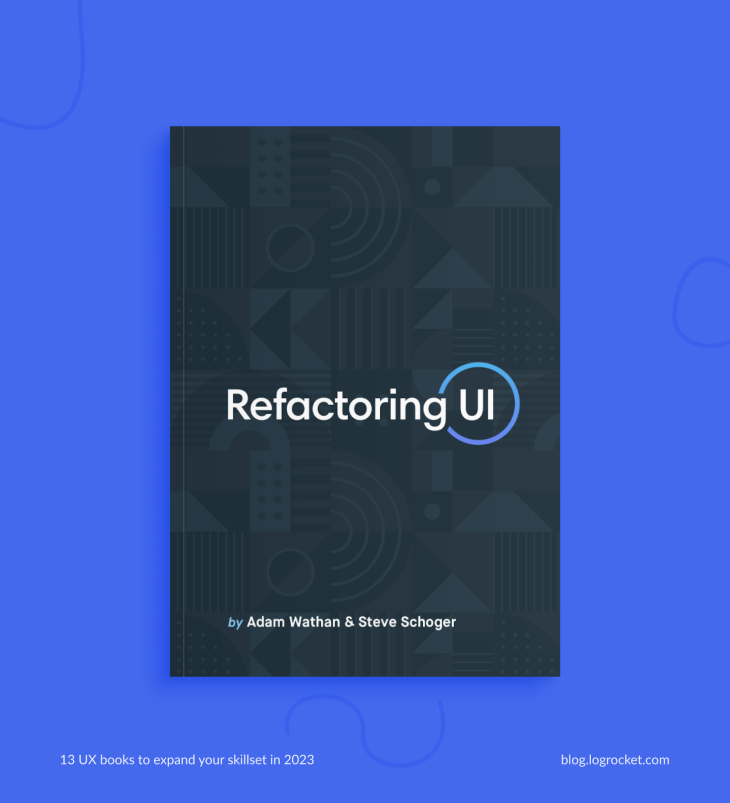
If you want to improve your UI design skills, Refactoring UI is the book for you. In this highly visual book, the authors (Adam Wathan and Steve Schoger) share 50 tactics that can help you level up your design game in no time.
“When you think of visual design as ‘styling things so they look good,’ it’s easy to see why it might feel hard to achieve without innate artistic talent. But it turns out that one of the biggest factors in making something ‘look good’ has nothing to do with superficial styling at all.”
A key takeaway from this book is that you don’t need artistic talent to create beautiful designs. With simple tactics such as using fewer borders, explicitly spacing elements, and starting with a lot of white space, you can improve the look of any design.
This book is appropriate for nondesigners and new designers. However, intermediate and advanced designers can also grab a few new tricks from its information-packed pages.
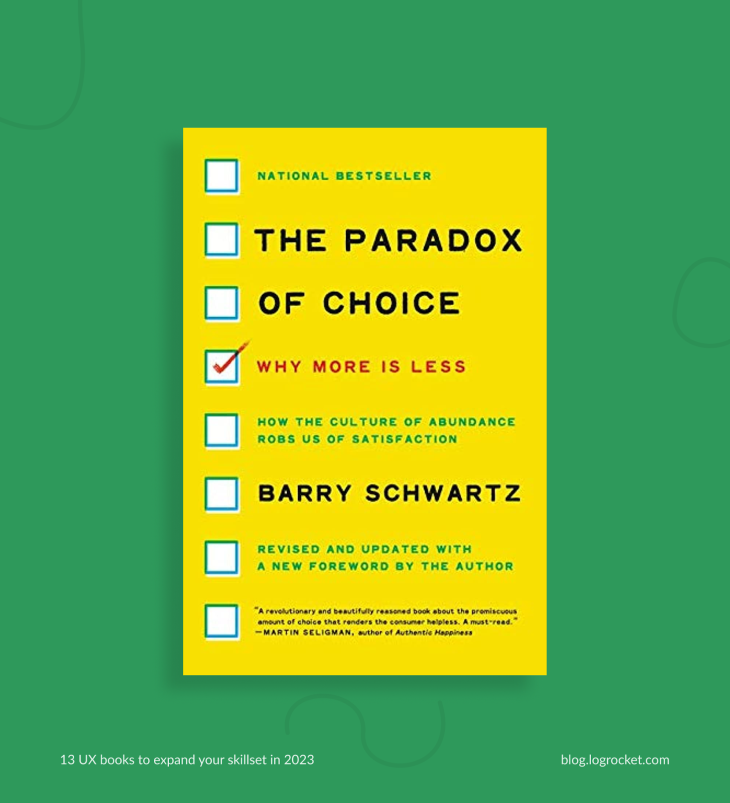
Despite not being specifically about UX, the concepts presented in The Paradox of Choice will help you design better products for your users. The author, Barry Schwartz, a psychologist, evaluates the psychological impact of having multiple choices on a user’s well-being, decision-making process, and overall life satisfaction.
“When people have no choice, life is almost unbearable. As the number of available choices increases, the autonomy, control, and liberation this variety brings are powerful and positive. But as the number of choices keeps growing, negative aspects of having a multitude of options begin to appear.”
One thing you’ll take away from this book is how to give your users the freedom of choice within reasonable constraints.
This book is suitable for designers of all levels.
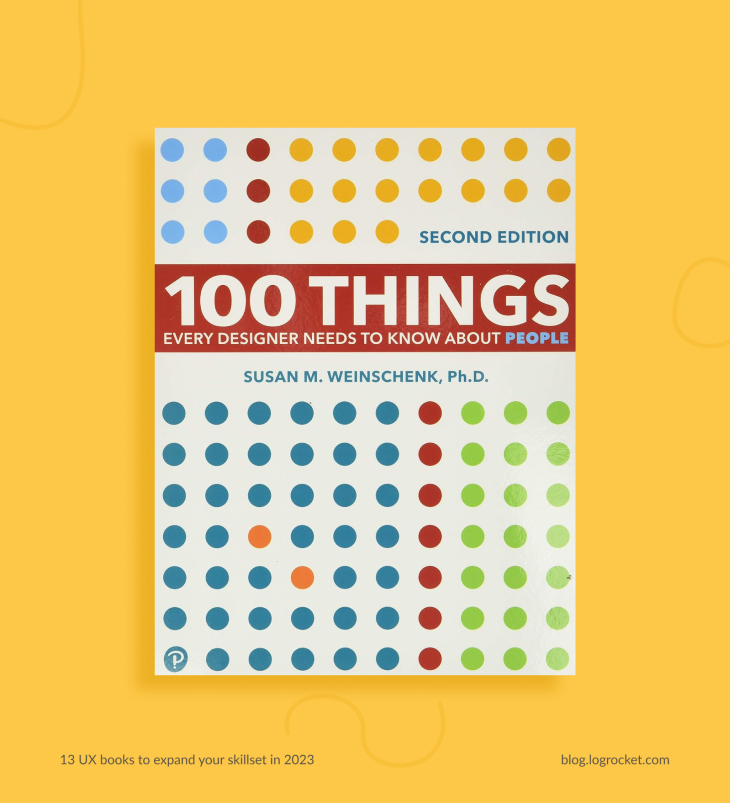
If you would like to design products that motivate people to take the actions you want, 100 Things is the book you need. The author, Susan M. Weinschenk, a behavioral science leader, shares 100 insights on human perception and behavior to help you design better products.
“Understanding how people think is crucial if you’re going to design for them. Just as there are visual illusions, there are also thinking illusions.”
Key takeaways from this book are the knowledge of what motivates people to use a product or service, what grabs and holds their attention, and what influences their general behavior. Furthermore, you’ll also uncover the reality behind some common myths about human behavior.
This book is a must-read for new designers. Intermediate and advanced designers will also benefit from its wealth of insights.
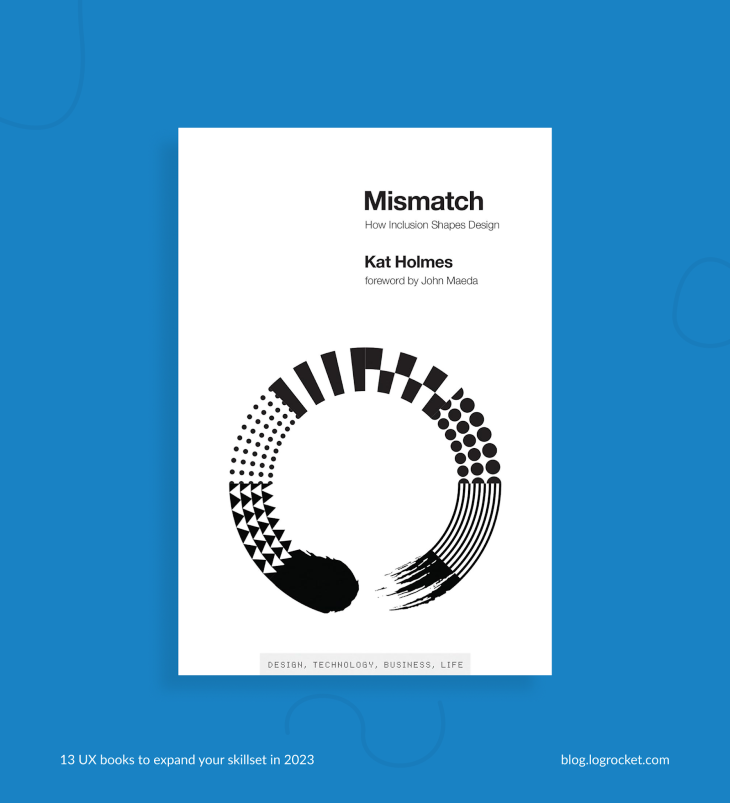
If you want to create products that bridge technology gaps, Mismatch can help. The author, Kat Holmes, uses some interesting anecdotes to explain how design can lead to exclusion and how it can also remedy exclusion.
“A solution becomes a barrier when it’s designed only for people with certain abilities. The brainpower of those people we exclude remains untapped. When we create new ways for people to contribute their talent, their contributions influence everyone.”
One key takeaway from this book is that designing for the “average” user serves no one because there is no such thing as “normal.” Furthermore, the book suggests ditching the traditional personas and embracing persona spectrums to create solutions that work for a wide range of people.
This book is a must-read for designers of all levels — from novices to advanced practitioners.
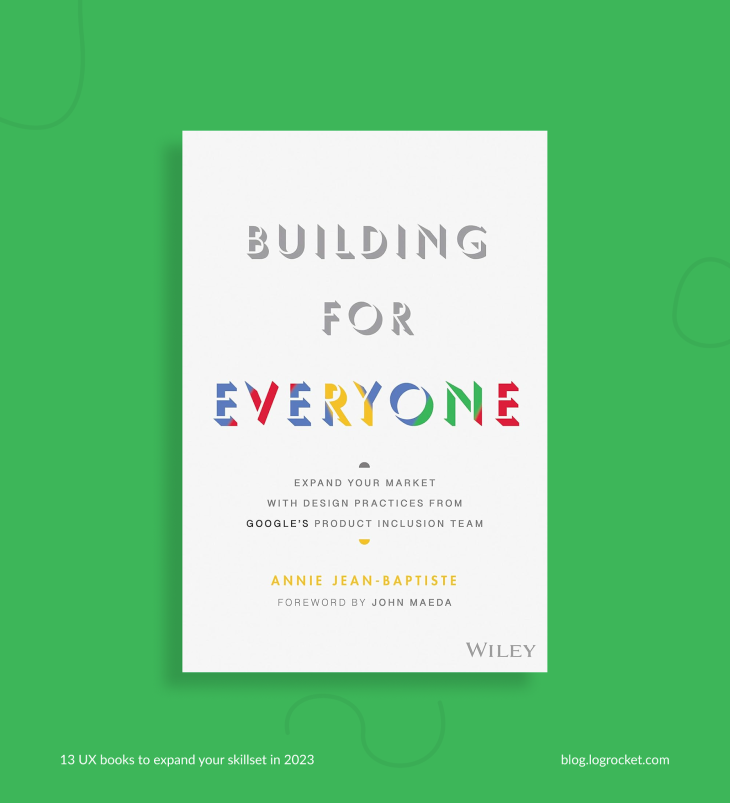
If you’ve ever wondered how Google manages to create products that effectively cater to the needs of such a diverse audience, Building for Everyone can help. The author, Annie Jean-Baptiste, the Head of Product Inclusion at Google, shares the inclusive design processes used at Google to create user-centric award-winning and profitable products.
“If you don’t intentionally, deliberately, and proactively include, you will unintentionally exclude.”
A key takeaway from this book is that inclusive design doesn’t happen by chance; it requires mindfulness and intention. But here’s the good news: it’s not exactly rocket science, and anyone can become an inclusive designer by applying the processes discussed in the book.
This book is a must-read for anyone on a product team, regardless of their experience level or role.
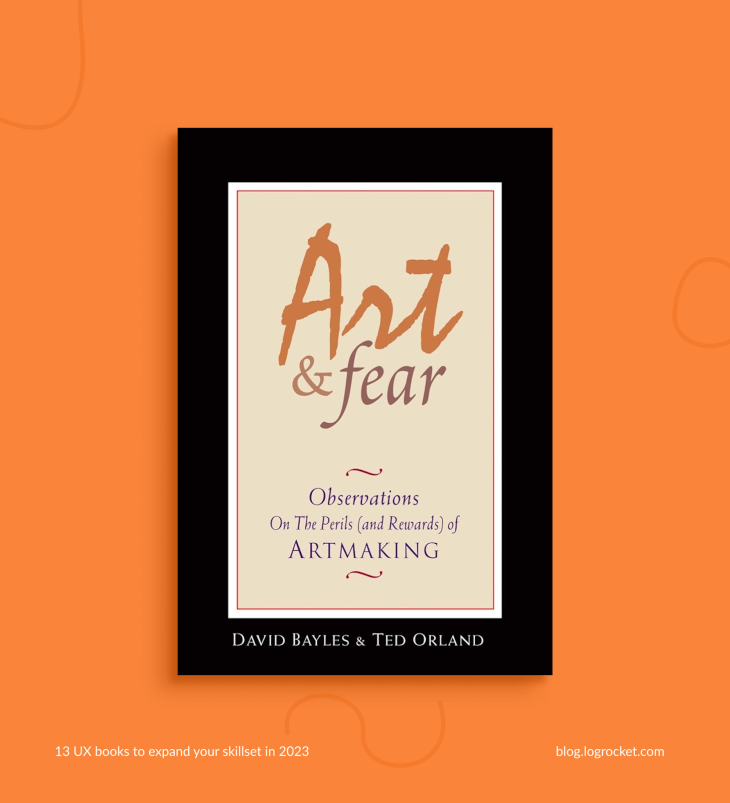
If you’re struggling with self-doubt as a designer, Art & Fear is for you. “Art,” in this case, refers to any creative venture (including UX design). Written by artists David Bayles and Ted Orland, Art & Fear addresses some difficulties the average creative battles through to produce their best work.
“What separates artists from ex-artists is that those who challenge their fears continue; those who don’t quit. Each step in the artmaking process puts that issue to the test.”
The key takeaway is that fear can get in the way of producing your best work. So, as a designer, to create your best work, you must inoculate yourself against these fears by constantly facing them. Only then can you achieve creative success.
This book is best for any designers looking to take a creative leap but continuously putting it off.
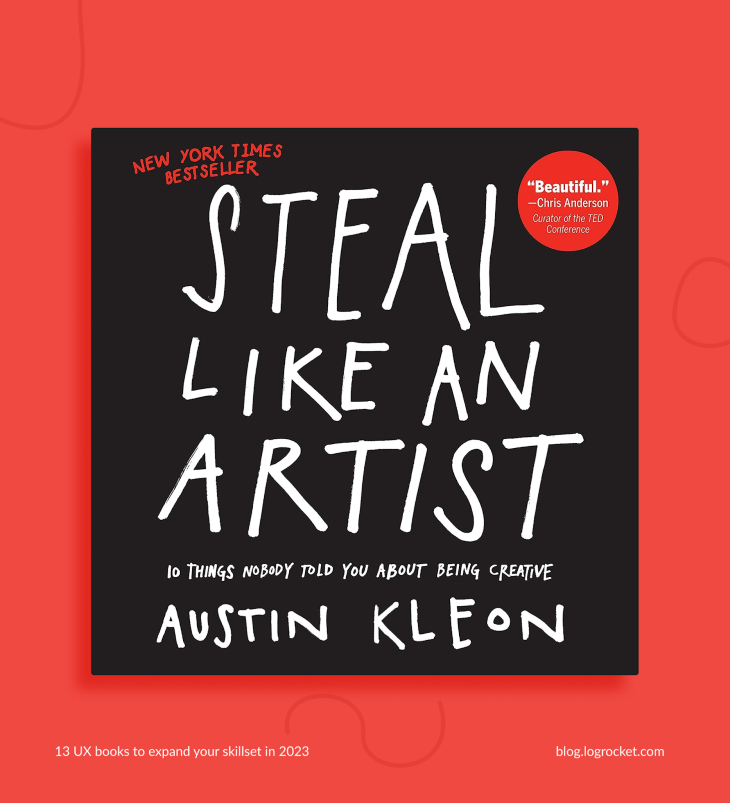
Although the title refers to artists, Steal Like an Artist is a must-read for every creative looking to improve their brainstorming. The author, Austin Kleon, presents ten transformative nuggets to help you lead a more creative life.
“If we’re free from the burden of trying to be completely original, we can stop trying to make something out of nothing, and we can embrace influence instead of running away from it.”
One of the key takeaways from this short book is the idea that nothing is original. Great ideas are created by studying and improving existing ones. So, instead of struggling to make something out of nothing, normalize collecting good ideas.
This book is appropriate for designers of all levels — from novice to experienced.
And there you have it! Some essential books you need to read in 2023 if you want to keep up with the rapidly evolving field of UX. Each book has something unique to contribute toward making you a well-rounded designer.
Remember, it’s not just about checking books off your reading list; it’s about applying the insights you gain.
So, which of these books are you grabbing first?
Header image source: IconScout
LogRocket's Galileo AI watches sessions and understands user feedback for you, automating the most time-intensive parts of your job and giving you more time to focus on great design.
See how design choices, interactions, and issues affect your users — get a demo of LogRocket today.

Small actions can have large consequences in complex systems. Here’s how UX designers can manage dependencies so users feel informed and in control rather than blocked or blindsided.

This article examines when hero sections are necessary in digital products, when they create friction, and how to evaluate them using UX goals, primary actions, user flow impact, and real-world alternatives.

AI speeds up tasks like research synthesis, ideation, and first-draft wireframes, but it can’t replace clarity, taste, or decision-making. Here’s a grounded look at what AI actually does well in UX right now.

Discover how to craft UX-friendly hero sections with examples, design tips, and strategies that drive engagement and conversion.